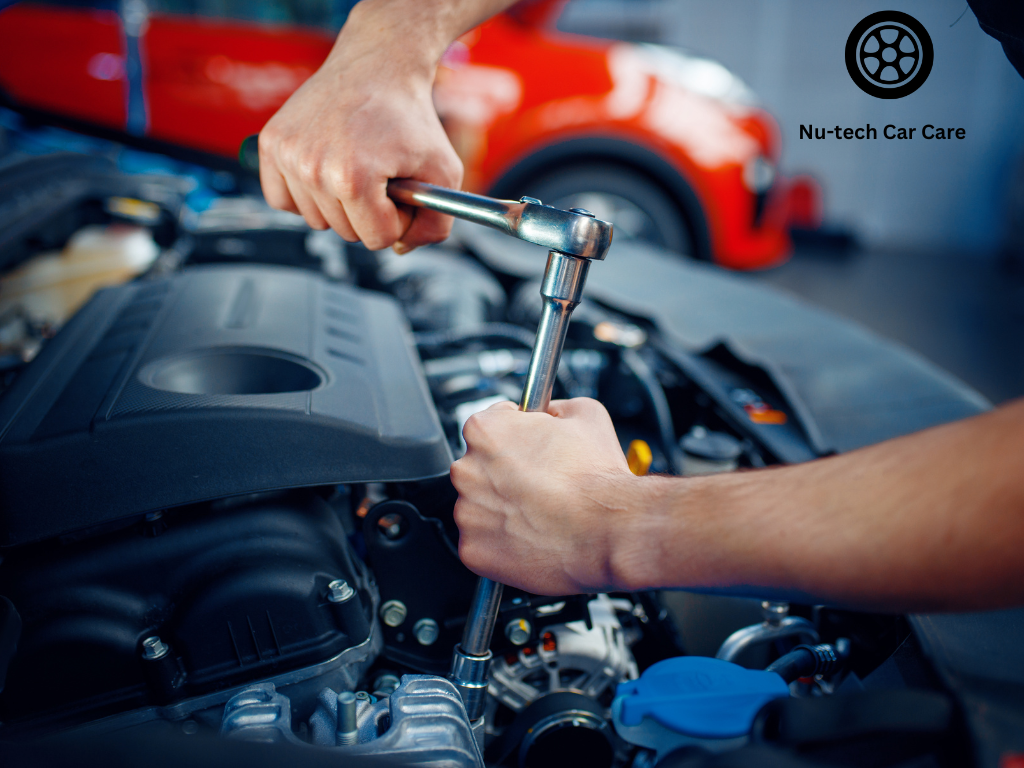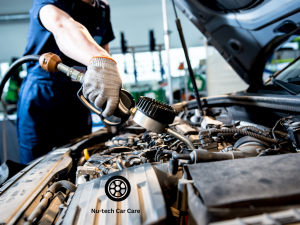The transmission is an essential component of any vehicle, serving as the bridge between the engine and the wheels, enabling the car to move forward and backward. It plays a pivotal role in determining a vehicle’s performance, fuel efficiency, and overall driving experience. Transmissions come in two primary types: manual and automatic, each with its unique operation method.
Manual transmissions require the driver to manually shift gears using a clutch pedal and gear stick, offering more control over the vehicle’s speed and performance. In contrast, automatic transmissions handle gear shifting automatically based on the vehicle’s speed, simplifying driving by eliminating the need for manual gear changes.
Importance of Regular Maintenance
Regular maintenance of the transmission system is crucial for ensuring vehicle longevity and optimal performance. Proper care can prevent common issues such as gear slippage, delayed shifting, and transmission overheating, which can lead to costly repairs. Routine checks and servicing help maintain the transmission’s efficiency, ensuring a smoother ride and extending the life of your vehicle.
Understanding Different Types of Transmissions
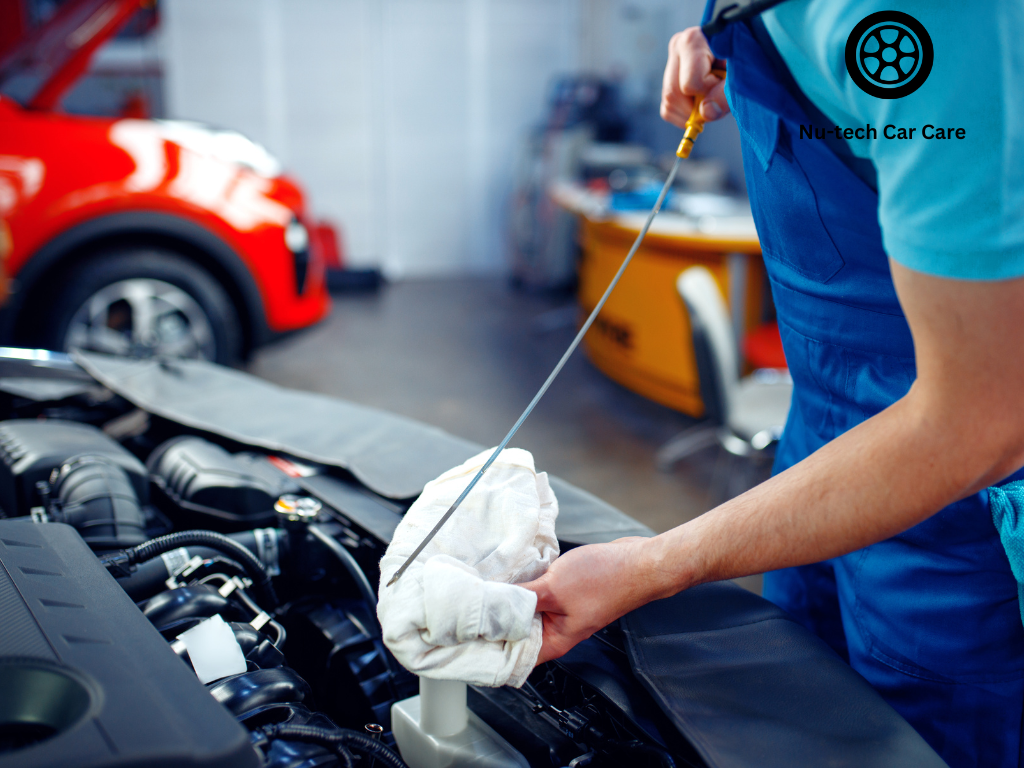
Manual vs. Automatic Transmissions
Manual transmissions are known for their durability and fuel efficiency, often resulting in lower maintenance costs over time. However, they require a more engaged driving experience, which can be seen as a pro or a con depending on the driver’s preference. Automatic transmissions, on the other hand, offer ease of use and convenience, especially in stop-and-go traffic, but they can be more complex and expensive to repair.
CVT and Dual-Clutch Transmissions
Continuously Variable Transmissions (CVT) and Dual-Clutch Transmissions (DCT) represent more modern advancements in transmission technology. CVTs provide a seamless acceleration experience without the noticeable gear shifts found in traditional automatics, improving fuel efficiency. DCTs, found in many high-performance vehicles, offer quick, smooth gear changes with little to no loss of power, combining the efficiency of a manual with the convenience of an automatic. Both types have specific maintenance needs to ensure their longevity and reliability.
Basic Transmission Maintenance Tips
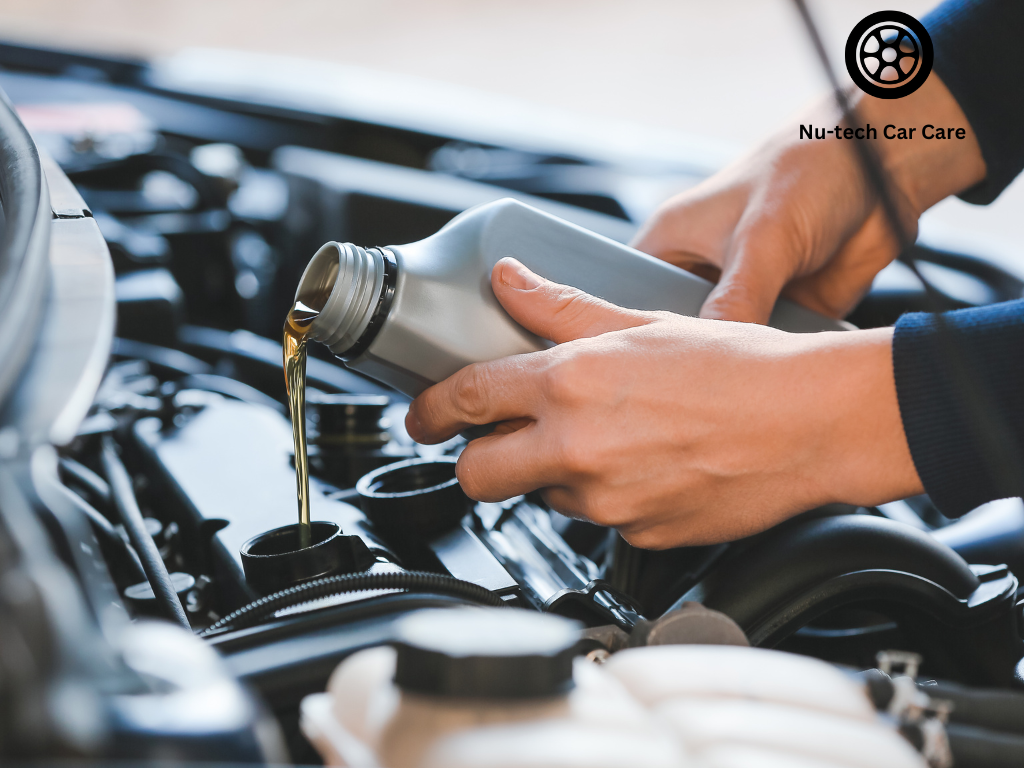
Fluid Checks and Changes
Regularly checking and changing the transmission fluid is fundamental to any transmission care routine. For most vehicles, checking the fluid monthly and changing it every 30,000 to 60,000 miles (48,280 to 96,560 kilometers) is recommended, though this can vary based on the manufacturer’s guidelines and the transmission type. Clean, high-quality transmission fluid ensures the internal components are well-lubricated and functioning smoothly.
Recognizing Healthy vs. Unhealthy Transmission Fluid
Healthy transmission fluid is typically a bright red color, clear, and has a slightly sweet smell. If the fluid turns dark, cloudy, or has a burnt odor, it may indicate potential issues requiring immediate attention. Unhealthy fluid can lead to inefficient operation, damage to internal parts, and ultimately, transmission failure. Regular checks allow for early detection and correction of such issues, emphasizing the importance of transmission care in overall car servicing.
Car Servicing: Preventative Maintenance Strategies
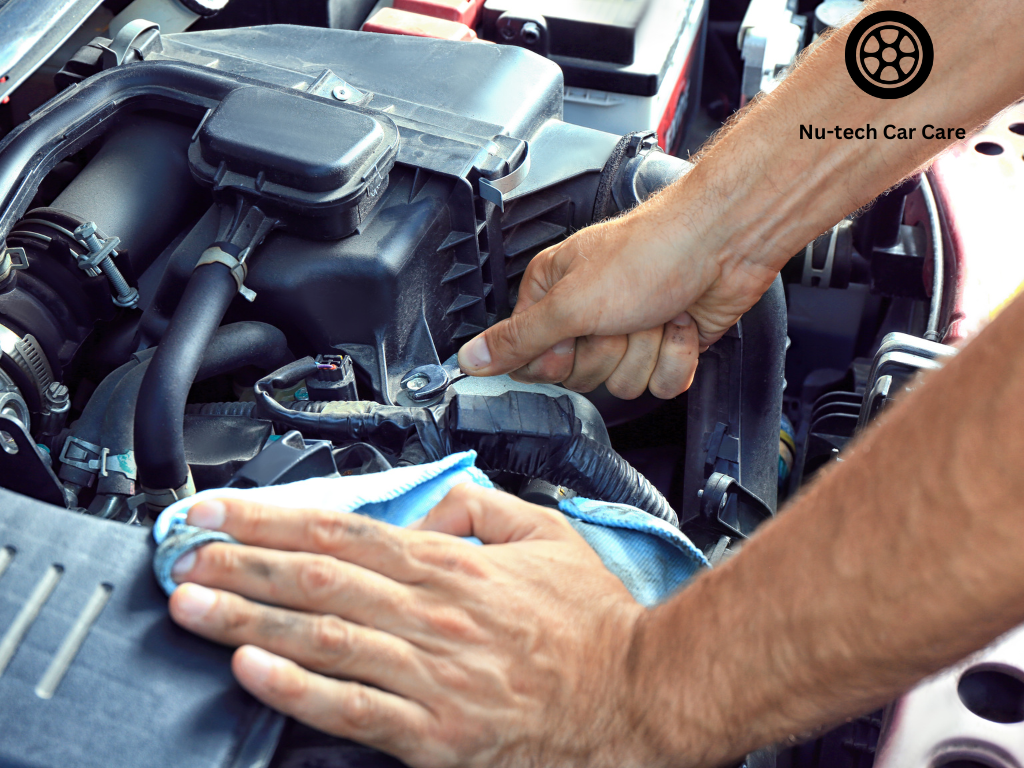
Routine Inspection and Servicing
Regular transmission inspections are vital to catching potential issues before they escalate into costly repairs. These inspections should include:
- Fluid Level and Quality Check: Ensuring the transmission fluid is at the correct level and hasn’t degraded in quality.
- Leak Inspection: Checking for signs of fluid leaks under the vehicle, which can indicate a seal or gasket issue.
- Component Examination: A thorough review of the transmission’s components, including the torque converter, solenoids, and clutches, for wear and damage.
Incorporating these checks into your regular car servicing routine can significantly enhance the longevity and performance of your transmission.
Driving Habits That Protect Your Transmission
Adopting certain driving practices can help extend the life of your transmission:
- Avoid Overloading: Carrying weight beyond your vehicle’s towing capacity can strain the transmission.
- Warm Up Your Car: Allowing your vehicle to warm up in cold weather can help the transmission fluid circulate better, protecting internal components.
- Use Parking Brake on Inclines: Relying on the transmission alone to hold your car in place on an incline can cause unnecessary stress. Use the parking brake to alleviate this pressure.
Common Transmission Problems and Solutions
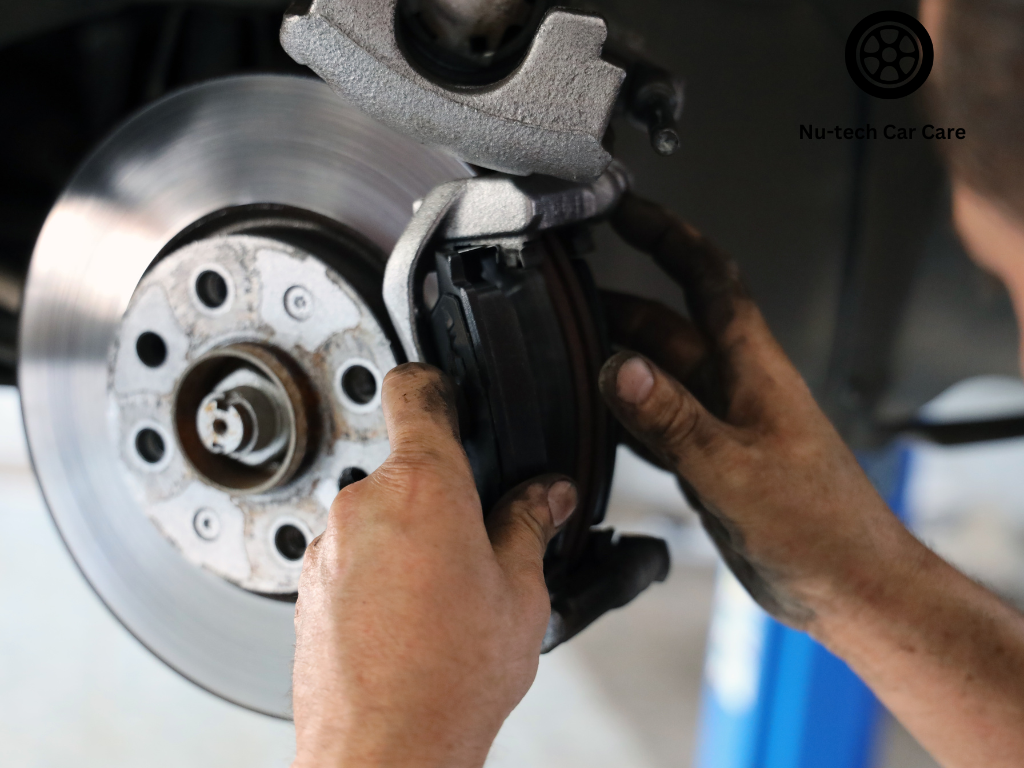
Identifying Warning Signs
Early detection of transmission problems can save you from expensive repairs down the line. Common warning signs include:
- Slipping Gears: The transmission unexpectedly slips between gears while driving.
- Delayed Shifting: A noticeable delay when changing gears, especially from neutral to first gear.
- Unusual Noises: Whining, clunking, or humming sounds when the car is in gear.
DIY Fixes vs. Professional Repair
While some transmission issues can be addressed with DIY fixes, such as changing the transmission fluid or adjusting the throttle cable, many problems require professional expertise due to the complexity of transmission systems. It’s crucial to assess your capabilities realistically and opt for professional repair when necessary to avoid causing further damage.
When to Seek Professional Transmission Service
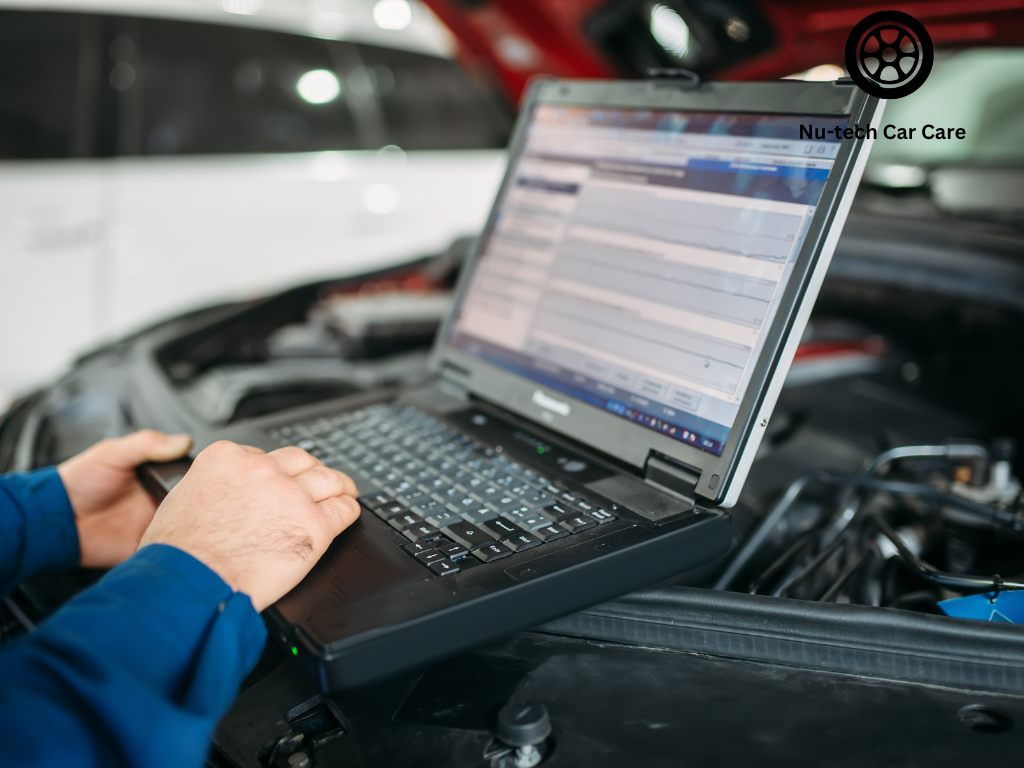
Deciding on Repair or Replacement
When faced with significant transmission issues, consider:
- Age and Value of Your Vehicle: Sometimes, the cost of repairing an old transmission may not be justifiable given the vehicle’s overall value.
- Extent of Damage: Assess whether a repair will suffice or if a full replacement is necessary based on the diagnosis from a trusted mechanic.
Choosing a Reliable Service Provider
Selecting the right mechanic or service center is crucial. Look for:
- Specialization: Choose a provider that specializes in transmissions, especially if you have a complex system like a CVT or DCT.
- Reputation: Read reviews, ask for recommendations, and check for any certifications or affiliations with reputable automotive organizations.
- Warranty: Opt for services that offer a warranty on repairs and parts to ensure peace of mind.
The Cost of Transmission Maintenance and Repair
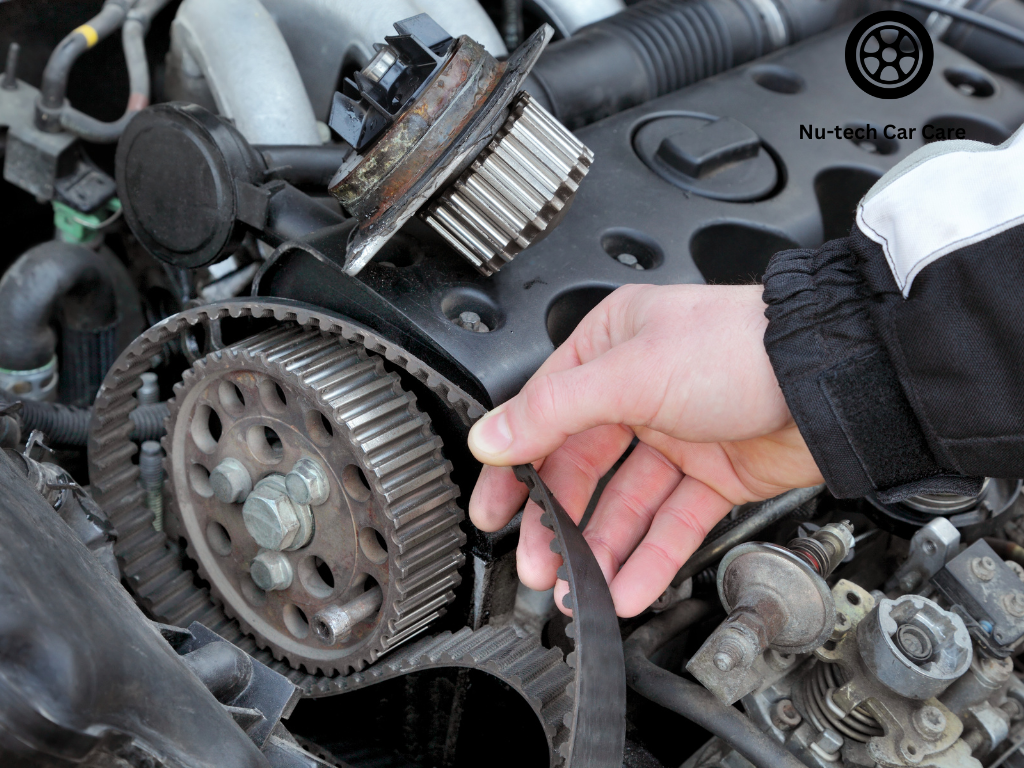
Estimating Service Costs
The cost of transmission maintenance and repair can range significantly based on several factors, including the type of transmission (manual, automatic, CVT, or dual-clutch), the make and model of the vehicle, and the extent of the needed repairs or maintenance. Routine maintenance such as fluid changes might cost a few hundred dollars, while more extensive repairs like replacing a transmission or rebuilding it can run into the thousands. Full transmission replacements are among the most expensive repairs, potentially costing anywhere from $2,000 to $4,000 and up, depending on the vehicle and the type of transmission being installed.
Managing Maintenance Expenses
To effectively budget for transmission care and avoid unnecessary costs:
- Follow the Manufacturer’s Maintenance Schedule: Adhering to your vehicle’s recommended service intervals can prevent major repairs.
- Get Multiple Quotes: For significant repairs, seek quotes from several service providers to ensure you’re getting a fair price.
- Consider the Vehicle’s Age: For older vehicles, weigh the cost of transmission repairs against the vehicle’s overall value and consider if investing in a new vehicle might be more economical in the long run.
Innovations in Transmission Technology and Maintenance
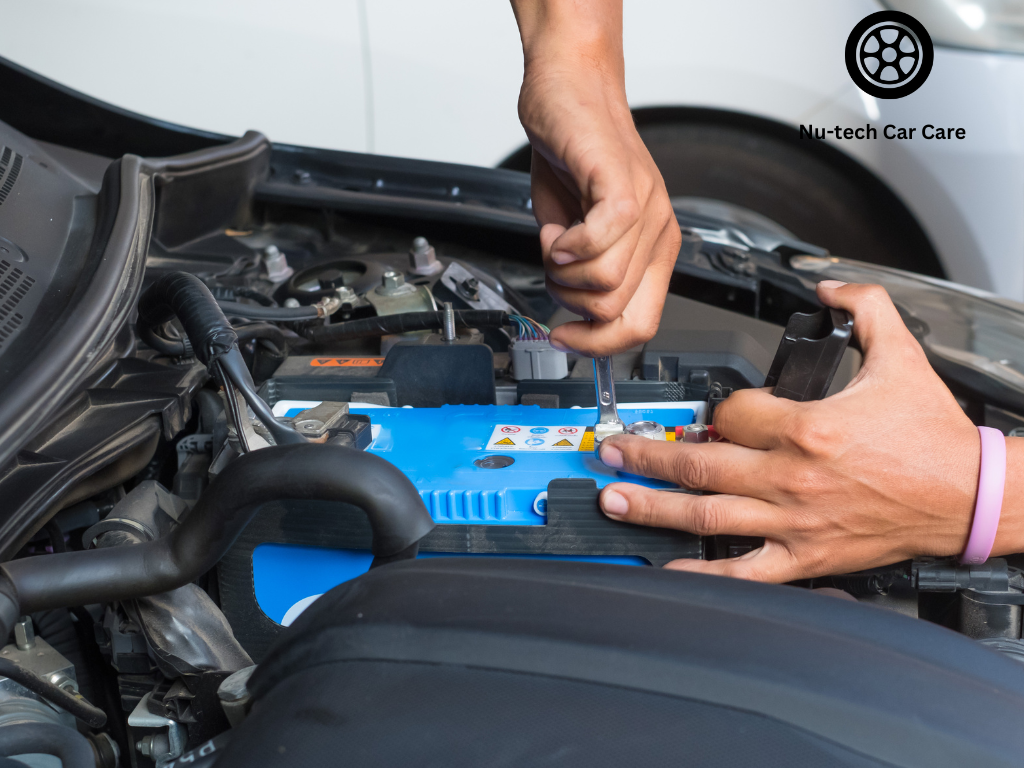
Emerging Trends
The automotive industry is continually innovating, with new transmission technologies enhancing vehicle efficiency, performance, and the driving experience. These include developments in continuously variable transmissions (CVTs) that offer seamless gear transitions, improved fuel efficiency, and dual-clutch transmissions (DCTs) that provide rapid gear changes with minimal power loss. Electric vehicles (EVs) introduce entirely new considerations, with single-speed transmissions and the absence of traditional transmission systems altogether.
Adapting Maintenance for Modern Vehicles
As transmission technologies evolve, so do maintenance practices. For instance, CVTs require specific types of transmission fluid and may have different service intervals compared to traditional automatic transmissions. Electric vehicles might eliminate some maintenance tasks but introduce new components like battery systems and electric motor interfaces that require specialized care. Vehicle owners should stay informed about their specific transmission technology and consult with qualified professionals to ensure appropriate maintenance.
Conclusion
Regular transmission maintenance should be viewed as an essential component of comprehensive vehicle care. By investing in routine checks and addressing issues promptly, vehicle owners can avoid the inconvenience and expense of major transmission problems. Stay proactive about transmission health to enjoy a smoother, safer driving experience and preserve the value and longevity of your vehicle.

